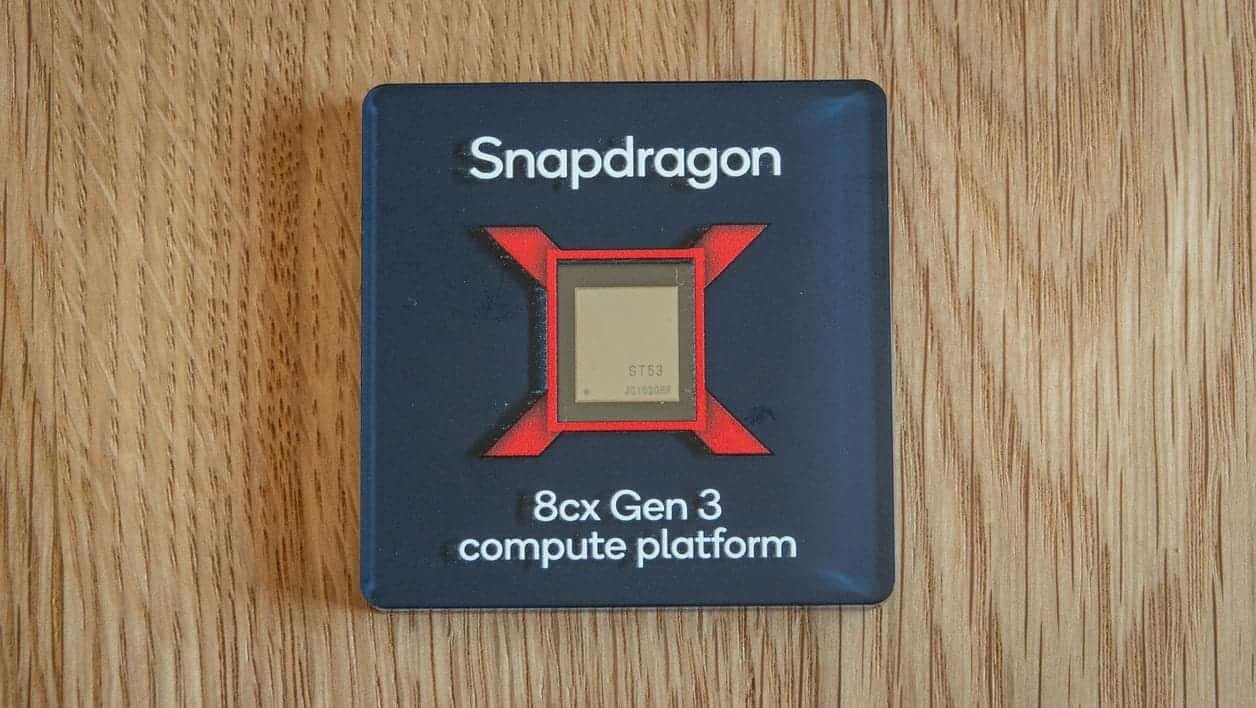The Snapdragon 8 Gen 2 was launched by Qualcomm in November last year. Users were very surprised by its performance and energy usage after switching to TSMC’s 4nm tech. Now, rumours about the Snapdragon 8 Gen3 have also started to circulate. About a month ago, there were reports of the Qualcomm Snapdragon 8 Gen3 flagship chip appearing on GeekBench. However, the report did not reveal the core frequency of this flagship SoC. Now, there are fresh reports that this chip will upgrade from 3.5GHz to a maximum of 3.72GHz.

According to rumours, the Snapdragon 8 Gen3 would use a “1+5+2” three-cluster architecture. The chip also has a new Cortex-X4 super big core from ARM and increases the primary frequency from 3.5GHz to a maximum of 3.72GHz. It reduces the small core and adds a large core. The Cortex-X3 based on 8 Gen 2 provides a performance gain of 15% –20%. The GPU is Adreno 750 with 1.0GHz, and the 5 large cores are based on Cortex-A71. However, the two small cores are based on Cortex-A515.
Qualcomm Snapdragon 8 Gen3 GeekBench scores
The Snapdragon 8 Gen3’s single-core running score is 1930 and its multi-core score is 6236. It has vastly improved over the single-core 1524 and multi-core 4597 of the Snapdragon 8 Gen 2 processor. By the looks of this score, this chip will be the new king of the hill when it shows up. On GeekBench, the new Apple A16 Bionic SoC has single-core scores of 1877 and multi-core scores of 5447. The Snapdragon 8 Gen 2 performs well on GeekBench, scoring 1524 for single-core and 4597 for multi-core. In other words, the Apple A16 is ultimately defeated by the Snapdragon 8 Gen3.

But, there is no need for the Android camp to jump for joy too soon for a few reasons. Since this is simply a model for engineering purposes, the chip’s performance could change in either direction—up or down. However, it will still be a while before this chip is officially released. As a result, its rivals have time to improve their chips.
Qualcomm has seen TSMC’s superior manufacturing capabilities, and it is not anticipated that it would soon switch back to Samsung. Also, reports indicate that TSMC’s 3nm process will be monopolized by Apple’s next-generation CPU A17. However, the Snapdragon 8 Gen3 would still be produced using TSMC’s 4nm tech.
History of Snapdragon flagship processors
Snapdragon is a series of mobile processors developed by Qualcomm, which powers many high-end smartphones and tablets. Here’s a brief history of the Snapdragon flagship processors:
Snapdragon S1:
The first Snapdragon processor was released in 2007. It was a single-core CPU with an Adreno 200 GPU and supported up to 720p video recording.
Snapdragon S2:
Released in 2010, the Snapdragon S2 was the first dual-core processor from Qualcomm. It also introduced the Adreno 205 GPU and support for 1080p video recording.
Gizchina News of the week
Snapdragon S3:
The Snapdragon S3, released in 2011, featured improved performance and power efficiency compared to its predecessor. It was the first to feature the Adreno 220 GPU and supported up to 16MP camera sensors.
Snapdragon S4:
Released in 2012, the Snapdragon S4 featured a new architecture and was the first to use a 28nm manufacturing process. It included the Adreno 225 GPU and support for 1080p displays and LTE connectivity.
Snapdragon 600:
The Snapdragon 600 was released in 2013 and was a high-end processor for smartphones. It featured the Adreno 320 GPU and support for 1080p displays, as well as improved power efficiency.
Snapdragon 800:
The Snapdragon 800 was released in 2013 and was the first processor to support 4K video recording. It included the Adreno 330 GPU and was used in many flagship smartphones.
Snapdragon 805:
Released in 2014, the Snapdragon 805 offered improved performance and power efficiency compared to the Snapdragon 800. It featured the Adreno 420 GPU and was used in several high-end smartphones and tablets.
Snapdragon 810:
Released in 2015, the Snapdragon 810 was a controversial processor due to its issues with overheating. It included the Adreno 430 GPU and support for 4K displays.
Snapdragon 820/821:
The Snapdragon 820 was released in 2016 and featured the Adreno 530 GPU and support for 4K displays. The Snapdragon 821 was a slightly upgraded version released later in the same year.
Snapdragon 835:
The Snapdragon 835 was released in 2017 and was the first processor to use a 10nm manufacturing process. It included the Adreno 540 GPU and was used in many high-end smartphones.
Snapdragon 845:
Released in 2018, the Snapdragon 845 featured improved performance and power efficiency compared to the Snapdragon 835. It included the Adreno 630 GPU and support for 4K HDR displays.
Snapdragon 855:
The Snapdragon 855 was released in 2019 and was the first processor to support 5G connectivity. It included the Adreno 640 GPU and support for 4K HDR displays.
Snapdragon 865/865+:
The Snapdragon 865 was released in March 2020 and included the Adreno 650 GPU and support for 8K video recording. The Snapdragon 865+ was a slightly upgraded version released later in the same year.
Snapdragon 888:
The Snapdragon 888 was released in December 2020 and features improved performance and power efficiency compared to the Snapdragon 865. It includes the Adreno 660 GPU and support for 4K HDR displays.
Snapdragon 8 Gen 1:
In 2022, the company launched the flagship Snapdragon 8 Gen 1 SoC. Later in the year, it launched a Plus model, Snapdragon 8+ Gen 1.
Snapdragon 8 Gen 2:
In November 2022, the company officially unveiled the Qualcomm Snapdragon 8 Gen 2 flagship SoC.
The Snapdragon flagship chips have evolved greatly over the years, with improvements in performance, power efficiency, and new features like support for 5G connectivity and 8K video recording. No doubt, there are very few brands that can compete with Qualcomm, especially in the flagship end. Only MediaTek appears to be putting up a good fight. Even at that, the Taiwanese chipmaker is still behind Qualcomm in the flagship end.





